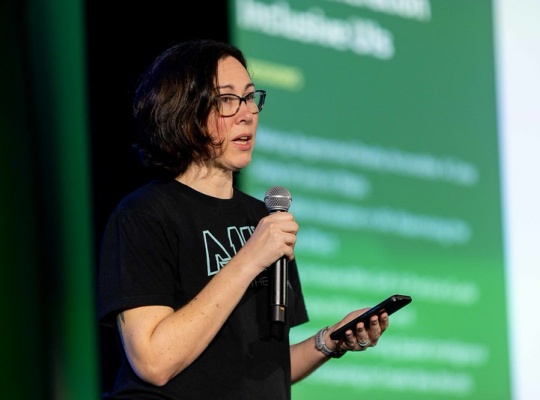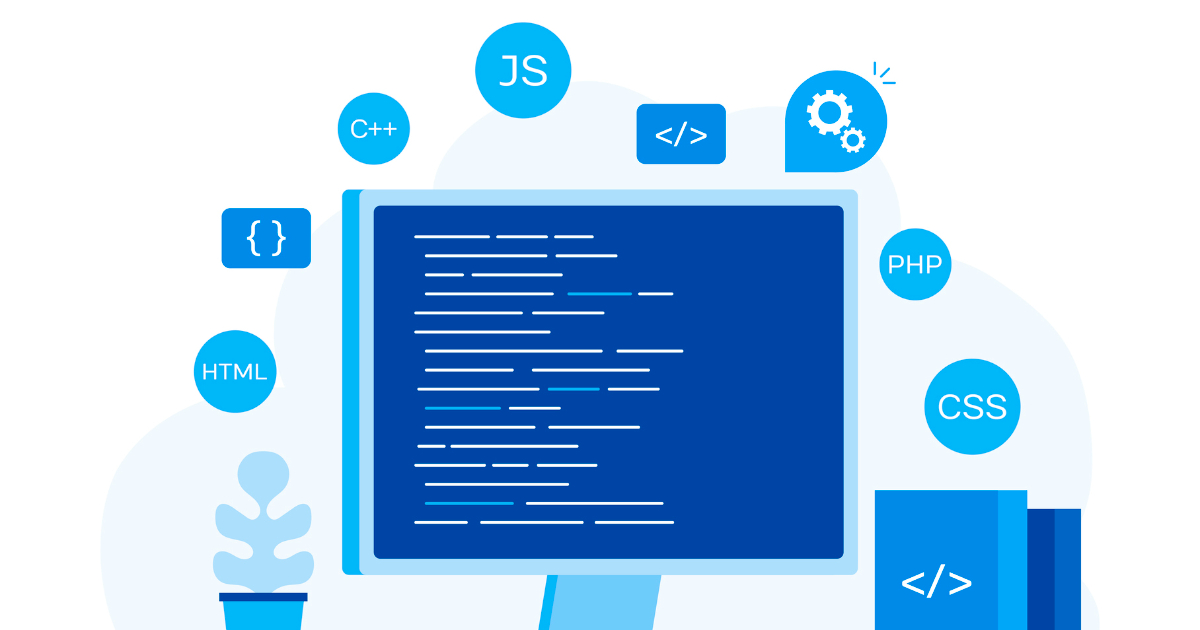Codetown
Codetown ::: a software developer's community
Swampcast features Tim Westergren, Pandora CEO
Join Michael Levin in this Swampcast interview with Tim Westergren, Pandora CEO. Click here to listen. Photo credit: Gala
In 2007, Tim started touring the USA giving presentations about a new music service on the web called Pandora. I met Tim in Orlando. There's quite a bit of background about Pandora that Tim describes in this interview. He deferred to his CTO, Tom Conrad when I asked him about technical details. Tom and I did a Swampcast interview shortly after this one.
From Wikipedia:
"Westergren was born in 1965 in Minneapolis. He attended boarding school, Cranbrook Kingswood, during his high school years. He graduated from Stanford University with a B.A. in political science.[2] Following his graduation, Westergren spent twenty years working as a record producer and composer (working as a nanny in between jobs), devoting the majority of his time to emerging artists and independent labels.
In 1999 he started Pandora Media along with two co-founders: Will Glaser and Jon Kraft. The Oakland, Calif., company went public in 2011,[3] reporting $138 million in revenue that fiscal year.
As an early project, Westergren and Glaser created the Music Genome Project, a mathematical algorithm to organize music.[1] As the company's chief strategy officer, Westergren spends the majority of his time traveling the nation and gathering feedback from Pandora Radio users. In 2010 he was listed by Time magazine as one among the 100 most influential people in the world.[4]
In April 2016, Pandora Media announced that Tim Westergren would replace Brian McAndrews as CEO. He had previously served as CEO and president from May 2002 to July 2004.[5]
In June 2017, he announced that he is going to step down as CEO.[6]"
Notes
Welcome to Codetown!
 Codetown is a social network. It's got blogs, forums, groups, personal pages and more! You might think of Codetown as a funky camper van with lots of compartments for your stuff and a great multimedia system, too! Best of all, Codetown has room for all of your friends.
Codetown is a social network. It's got blogs, forums, groups, personal pages and more! You might think of Codetown as a funky camper van with lots of compartments for your stuff and a great multimedia system, too! Best of all, Codetown has room for all of your friends.
Created by Michael Levin Dec 18, 2008 at 6:56pm. Last updated by Michael Levin May 4, 2018.
Looking for Jobs or Staff?
Check out the Codetown Jobs group.
InfoQ Reading List
Presentation: Empathy Driven Platforms: You Build It, Let’s Run It Together

Erin Doyle explains the evolution from siloed IT Ops to the Platform Team model, revealing why the "You Build It, You Run It" principle created new cognitive load. She shares the Empathy-Driven Platforms strategy - the ultimate attack against engineering roadblocks. Discover ways platform teams can build empathy, foster psychological safety, and adopt a product mindset.
By Erin DoyleAccessibility with Interactive Components at React Advanced Conf

Dynamic React speaker Aurora Scharff captivated attendees at React Advanced 2025 with her talk on "Building Interactive Async UI with React 19 and Ariakit." She showcased ARIAKit, an open-source accessibility library that empowers developers to create WCAG-compliant components effortlessly, blending modern React patterns with customizable, accessible UI primitives.
By Daniel CurtisPodcast: Looking for Root Causes is a False Path: A Conversation with David Blank-Edelman

In this podcast, Michael Stiefel spoke with David Blank-Edelman about the relationship between software architecture and site reliability engineering. Site reliability engineering can give architecture vital feedback about how the system actually behaves in production. Architects and designers can then learn from their failures to improve their ability to build systems that can evolve.
By David Blank-EdelmanJava News Roundup: Spring Cloud, Quarkus, Hibernate ORM, JobRunr, LangChain4j, Java Operator SDK

This week's Java roundup for November 24th, 2025, features news highlighting: point releases of Spring Cloud, Quarkus, Hibernate ORM, JobRunr, LangChain4j and Java Operator SDK; first release candidates of Hibernate Reactive and Gradle; and a maintenance release of Keycloak.
By Michael RedlichHelm Improves Kubernetes Package Management with Biggest Release in 6 Years

Helm, the Kubernetes application package manager, has officially reached version 4.0.0. Helm 4 is the first major upgrade in six years, and also marks Helm's 10th anniversary under the guidance of the Cloud Native Computing Foundation (CNCF). The update aims to address several challenges around scalability, security, and developer workflow.
By Matt Saunders
© 2025 Created by Michael Levin.
Powered by
![]()
You need to be a member of Codetown to add comments!
Join Codetown